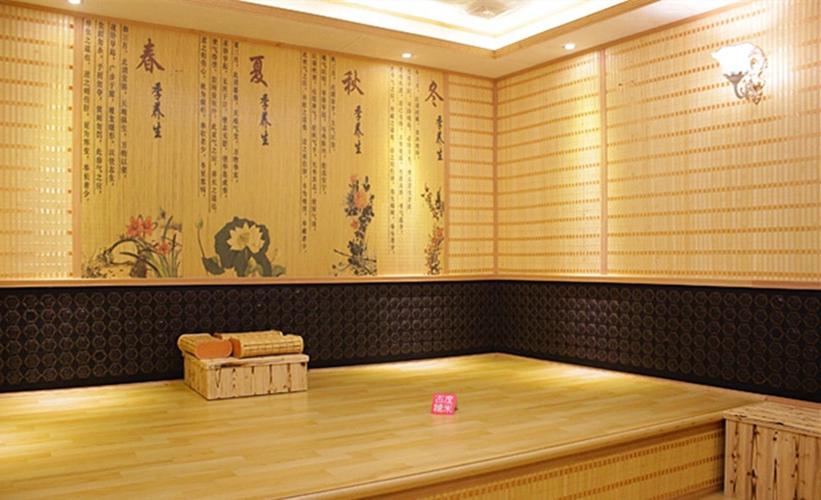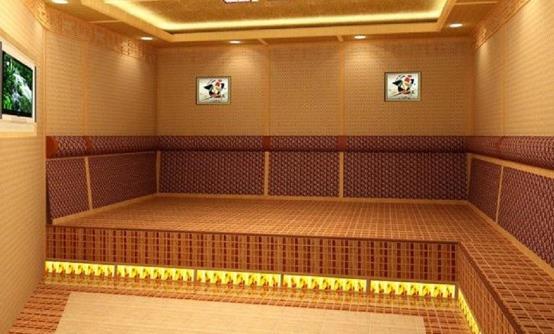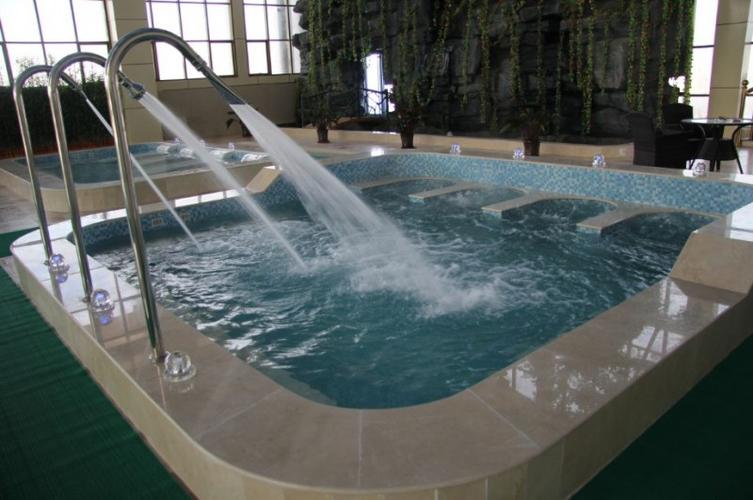Sweating therapy, often known as "sweat steaming" or "汗蒸" in Chinese, is a popular wellness practice believed to offer a variety of health benefits, such as detoxification, improved circulation, and enhanced relaxation. While this practice has been embraced by adults for centuries, its application in children raises several important questions regarding safety, effectiveness, and suitability. This article explores the potential benefits and risks of sweating therapy for children, offering guidelines for parents and caregivers to ensure a safe and beneficial experience.
### Understanding Sweating Therapy
Sweating therapy involves sitting or lying in a heated environment designed to induce sweating. Common forms include saunas, steam rooms, and specialized sweat therapy chambers, which use heat to stimulate the body's sweat glands. The process is believed to help in eliminating toxins from the body, improving skin health, and promoting overall wellness.
### Potential Benefits for Children
1. **Detoxification**: One of the primary benefits touted for sweating therapy is detoxification. The human body naturally eliminates toxins through sweating, and proponents argue that sweating therapy can enhance this process. For children, especially those exposed to environmental pollutants, sweating may aid in the elimination of certain harmful substances.
2. **Immune System Support**: Regular exposure to controlled heat can help stimulate the immune system. This is particularly relevant for children, whose immune systems are still developing. By inducing a mild increase in body temperature, similar to a fever, sweating therapy might help the body fight infections more effectively.
3. **Improved Circulation and Cardiovascular Health**: Heat exposure can improve blood circulation, which is crucial for growing children. Better circulation means more efficient delivery of oxygen and nutrients to tissues, supporting overall growth and development.
4. **Relaxation and Stress Relief**: Children, like adults, can experience stress. Whether from school, social interactions, or other pressures, stress can impact a child's health. Sweating therapy can provide a calm and relaxing environment, helping to reduce stress levels and promote a sense of well-being.

5. **Respiratory Benefits**: Steam rooms, in particular, can help alleviate respiratory issues such as asthma or allergies. The moist heat can soothe the airways, making it easier for children to breathe, especially during cold seasons.
### Risks and Precautions
While there are potential benefits, it is crucial to approach sweating therapy with caution, especially for children. Their bodies are more sensitive to heat and dehydration, and they may not be able to regulate their body temperature as effectively as adults.
1. **Dehydration**: One of the most significant risks is dehydration. Children have a higher surface area to body mass ratio than adults, which makes them more susceptible to losing water and electrolytes. It's essential to ensure that children are well-hydrated before, during, and after sweating therapy.
2. **Overheating**: The risk of overheating, or hyperthermia, is another concern. Children can overheat quickly because their sweat glands are less developed, and they may not be able to sweat as efficiently as adults. This makes it crucial to monitor their exposure time and ensure that the heat settings are appropriate.
3. **Skin Sensitivity**: Children's skin is more sensitive and may react differently to prolonged exposure to heat and sweat. It is important to check for any signs of skin irritation or discomfort during and after the therapy session.
4. **Underlying Health Conditions**: Sweating therapy may not be suitable for children with certain health conditions, such as heart problems, respiratory issues, or skin conditions like eczema. It's vital to consult a healthcare provider before starting any new wellness practices with children.
5. **Psychological Comfort**: The experience of sweating therapy can be intense and may not be comfortable for all children. It's important to ensure that the child feels safe and is not forced into an experience they find unpleasant.
### Guidelines for Safe Practice

1. **Consultation with a Healthcare Provider**: Always consult a pediatrician or healthcare provider before introducing a child to sweating therapy. This ensures that the child is medically fit for the practice and helps tailor the experience to their specific health needs.
2. **Hydration**: Ensure the child is well-hydrated before the session. Provide plenty of water during and after the therapy to prevent dehydration.
3. **Duration and Temperature Control**: Keep the sessions short, especially when starting. For young children, even 5-10 minutes in a moderate temperature setting can be sufficient. Gradually increase the duration as the child becomes accustomed to the practice. Always use lower temperature settings compared to those used by adults.
4. **Supervision**: Always supervise children during sweating therapy sessions. This helps in quickly addressing any signs of discomfort, such as dizziness, nausea, or excessive sweating.
5. **Comfort and Communication**: Ensure that the child feels comfortable and understands the process. Encourage them to speak up if they feel uncomfortable at any point.
6. **Post-Therapy Care**: After the session, ensure the child rests, hydrates, and cools down gradually. A mild, soothing activity such as reading or listening to calm music can help transition from the heated environment to normal activities.
### Conclusion
Sweating therapy can offer several potential benefits for children, including detoxification, improved circulation, and stress relief. However, the practice must be approached with caution due to the risks of dehydration, overheating, and skin sensitivity. By following the guidelines for safe practice and consulting healthcare providers, parents and caregivers can help ensure that sweating therapy is a safe and beneficial part of their child's wellness routine.
转载请注明:成都会所桑拿-四川成都休闲桑拿推荐论坛! » 武汉休闲 » Sweating Therapy and Children Benefits, Risks, and Guidelines for Safe Practice
版权声明
本文仅代表作者观点,不代表成都休闲网立场。
本文系作者授权发表,未经许可,不得转载。
























